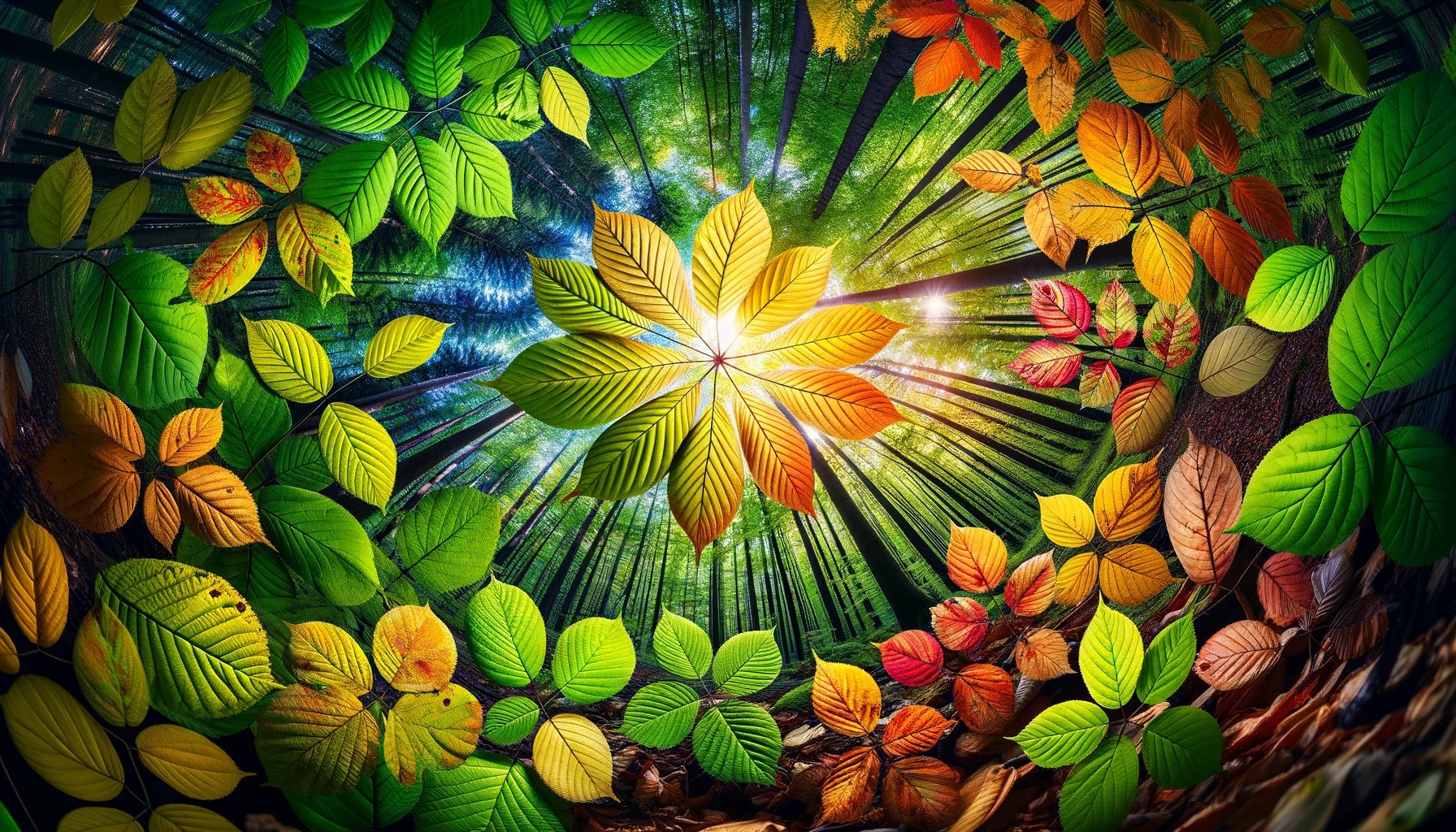Leaves are the one organ that produce energy—sugar for respiration. Some energy, small amounts, comes from other tissues containing chlorophyll, like cortex in young stems, but the leaves, by far, supply the bulk of energy for a tree’s life. And it is a tough life. In Calgary, most trees produce energy for about six months, yet they are alive and functioning for every second of every day, all year. The tree, like you, has a basic economy; you have so much income balanced against all the expenses. Laid off, lost your job, seized the engine on your car? Expenses always go on. The economic model of the tree is an example of practical sound economic practices. When you only work for six months but pay out for twelve, you have to be very careful. Lots of saving—this is exactly what every tree, given a chance, will do. Work like crazy during the growing season, hunker down, get through winter, wait, hope for spring. The lesson here is that trees only produce sugars when they have enough water on board, and there are no extra leaves. We have all for so long been bombarded with the rhetoric of tree service sales departments that now most people, if asked, think that pruning trees is good for them. That somehow just having the crew on site is going to make everything all right. There are some real good health aspects to pruning, disease removal, deadwooding, and practical considerations like house, sidewalk, and street clearances. But a brief tour through some real tree science yields this conclusion: There are no superfluous leaves on trees. Any tree that produces suckers (replaces missing leaves) after pruning was overpruned.
Delicate as leaves seem, they are tough little engines. By fall, like exhausted marathon runners, they long for the end. Chewed by insects, invaded by fungus, cut by hail, and torn by the wind, they persist, working till they can work no more. By practical considerations, a leaf is a small efficient container that holds a lot of chlorophyll that will produce as much sugar as their simple, delicate design will allow. Perfectly engineered, with a wide flat surface to catch all the sunlight they can, they are amazing. I briefly described a journey through a leaf’s structure way back in the first essay, so don’t want to repeat too much here.
The process of photosynthesis and its electron transfer chain is one of the most complicated chemical reactions we know, with something like 35 different chemical and energy transfer steps involved. I love the science that untangled that but, as an arborist, I really don’t need it; it’s enough to know how essential a full, well-watered leaf mass is. Briefly, the leaves’ year starts like this. The first set of tiny juvenile leaves is contained in the bud that formed last growing season. Trees are the masters of preparedness and, when spring finally arrives, they have everything in place to take full advantage of the summer sun.
One aspect of the growth of the SAM is called the leaf primordia, which is again meristematic cells producing new leaf tissue as the young growing leaf expands. Shortly after all is in place, an array of different tissues interlaced with veins for water supply and sugar collection begins to form. The veins taper down beyond the ability of our eyes to see them. But know that they reach into every group of cells and are never more than three to four cells apart.
Upon attaining full size, the leaf can really get to work, for growth is an expensive process, a necessary yearly expense. The arrangement of the leaves throughout the tree is interesting. There are two main types of leaves on most trees: sun leaves and shade leaves. On most trees the upper canopy is so full that it shades different parts of itself during the sun’s movement across the sky. Shade leaves are usually larger, with thinner cuticles and fewer pavement cells, allowing easier entry of the sun’s photons. Many times they also have a higher percentage of chlorophyll contained in the chloroplasts and more chloroplasts than shade leaves.
As summer winds down and the approach of winter is sensed through shorter days and colder nights, the tree begins to shut down the busy activity of the leaves, which will not survive the cold. This process is called senescence. Resource extraction from the leaf, a loss of chlorophyll, reveals other pigments, and the final removal of the leaf from the twig, abscission, will all occur in its time. Valuable molecules of proteins, amino acids, and mineral ions all need to be recovered, and are drawn out of the leaf before it fails. The two main other pigments usually not seen when the leaf is green are anthocyanins and carotenoids, which give us the rich yellows, oranges, and reds of fall leaves.
The season rolls on, the leaves keep working, producing lots of sugar that is stored in many tissues as starch. Roots, trunk, and branches all store starch in living parenchyma cells. Converted back to sugar, it is then ready to be used for fuel to get through the winter. Winter is a tough time for trees. When you see a tree wake up and turn green in the spring, know that all you see passed through winter unharmed. It doesn’t take much frost to kill living cells. Protected inside, most cells don’t freeze and are in good shape for spring. The cell’s regular metabolic life doesn’t stop for winter; every second, every living cell needs water, sugar, and oxygen. All this cost is covered by stored energy, starch.


